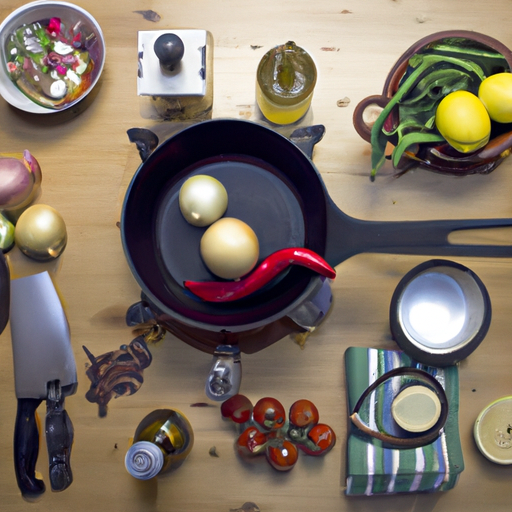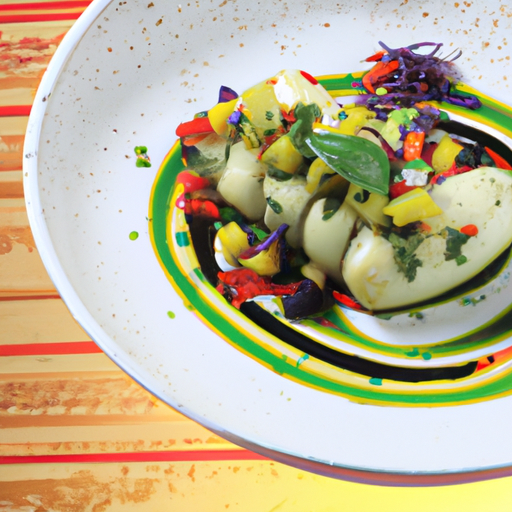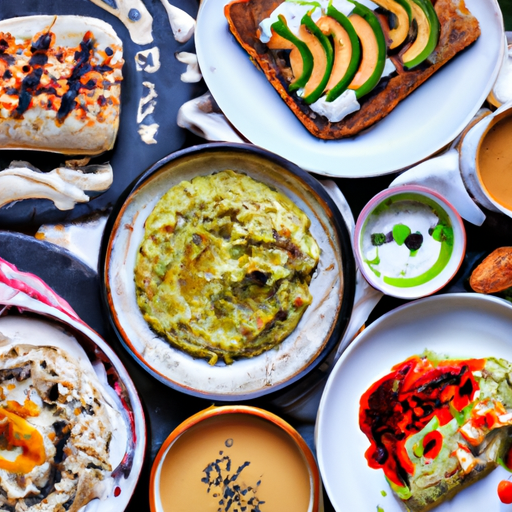Modern chefs are breaking traditional culinary boundaries by creating innovative fusion dishes that blend diverse cultural influences. This movement is redefining contemporary cuisine through unexpected flavor combinations and creative techniques. Explore how global fusion is reshaping the future of food and dining experiences.

The culinary world is experiencing a revolutionary transformation as chefs increasingly embrace global fusion cuisine, creating innovative dishes that transcend traditional cultural boundaries. This new wave of cooking goes beyond simple combination of flavors, representing a deeper understanding and respectful integration of diverse culinary traditions, techniques, and ingredients.
Modern fusion cuisine is built on a foundation of cultural understanding and culinary expertise. Chefs are diving deep into the history and techniques of various cuisines, learning traditional methods before creating innovative combinations. This approach ensures that fusion dishes honor their source inspirations while creating something entirely new.
One of the most exciting aspects of contemporary fusion cuisine is the creative use of ingredients across cultural contexts. Japanese yuzu might appear in a Mexican ceviche, while Korean gochujang adds depth to Italian arrabbiata sauce. These combinations aren't random; they're carefully considered marriages of flavors that enhance both traditions.
Techniques from different culinary traditions are being combined in innovative ways. French sous-vide cooking might be used to prepare ingredients for Chinese dim sum, while traditional fermentation techniques from Korea find their way into Nordic cuisine. This technical cross-pollination is expanding the possibilities of what can be achieved in the kitchen.
Street food has become a particular focus of fusion innovation. Food trucks and casual eateries are serving dishes like Korean-Mexican tacos, Indian-inspired pizza, and Japanese-Peruvian sushi rolls. These accessible fusion concepts are making experimental cuisine more approachable for everyday diners.
The rise of global ingredients availability has facilitated this trend. Ingredients that were once exotic and hard to find are now readily available in many markets, allowing chefs and home cooks to experiment with authentic elements from various cuisines. This accessibility has democratized fusion cooking.
Sustainability plays an important role in modern fusion cuisine. Chefs are adapting traditional recipes to incorporate local, seasonal ingredients, creating dishes that respect both environmental concerns and cultural heritage. This approach often leads to unique regional interpretations of global dishes.
The influence of social media has accelerated the evolution of fusion cuisine. Viral food trends spread rapidly across borders, inspiring chefs to create increasingly creative combinations. This digital sharing of ideas has led to a more collaborative and innovative culinary landscape.
Fusion desserts have emerged as a particularly exciting category. Pastry chefs are combining French pastry techniques with Asian flavors, creating treats like matcha croissants or mochi-filled éclairs. These sweet innovations are pushing the boundaries of traditional dessert categories.
Beverage programs are also embracing fusion concepts. Cocktail menus feature drinks that combine spirits and techniques from different cultures, while coffee and tea service increasingly incorporates global influences. These fusion beverages often complement and enhance the cross-cultural dining experience.
The modern fusion movement has also sparked a renewed interest in historical fusion cuisines. Dishes that evolved naturally through cultural exchange, such as Indo-Chinese cuisine or Peruvian Nikkei, are being celebrated and reinterpreted by contemporary chefs.
Home cooks are increasingly participating in the fusion movement, encouraged by cooking shows, food blogs, and social media. This democratization of fusion cooking has led to countless creative interpretations and adaptations of cross-cultural dishes.
Restaurant concepts are evolving to accommodate this new style of cuisine. Many establishments now offer menus that defy traditional categorization, freely mixing elements from various culinary traditions. This approach allows chefs more creative freedom while offering diners new and exciting experiences.
The future of fusion cuisine looks increasingly sophisticated, with chefs exploring subtle and complex combinations rather than obvious mash-ups. This evolution reflects a deeper understanding of various culinary traditions and a more nuanced approach to cross-cultural cooking.
As global fusion continues to evolve, it's becoming clear that this is more than just a trend – it's a fundamental shift in how we approach cooking and dining. This movement represents the natural evolution of cuisine in our interconnected world, creating exciting new possibilities for the future of food.



